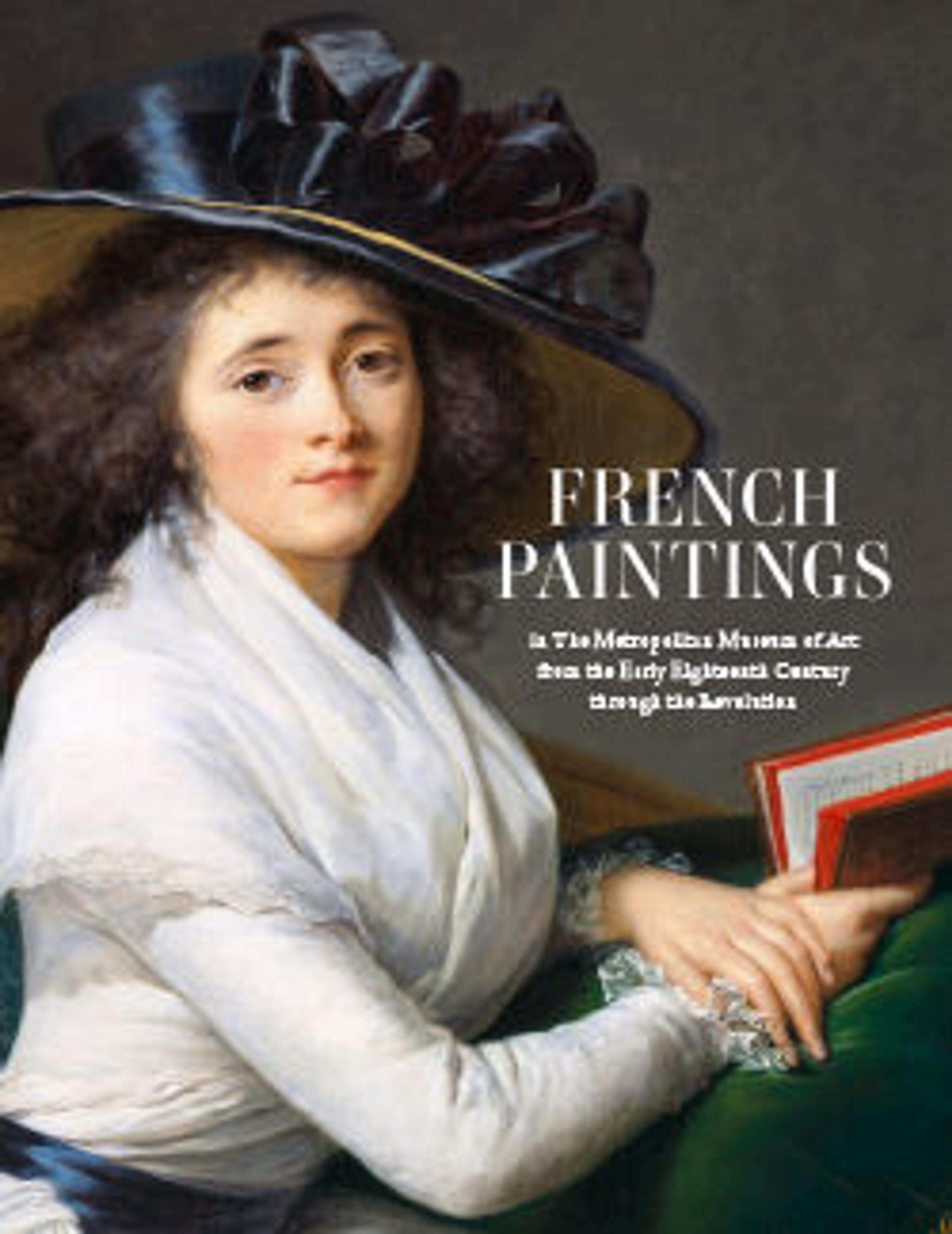Brother Philippe's Geese
Jean de La Fontaine’s Fables include the story of the widower Philippe, who adopts a hermit’s robes and retreats to a mountain cave where he and his son live free from temptation. Eventually, however, Philippe takes his son out into the world and they encounter a party of young women. When the youth asks about them, his father says they are “a party of geese.” “Father, I beg you, let us take one [with us].” Lancret indicated the women’s elevated social status by including the likely enslaved African servant who shades them with a parasol.
Artwork Details
- Title:Brother Philippe's Geese
- Artist:Nicolas Lancret (French, Paris 1690–1743 Paris)
- Date:ca. 1736
- Medium:Oil on copper
- Dimensions:10 3/4 x 13 7/8 in. (27.3 x 35.2 cm)
- Classification:Paintings
- Credit Line:Purchase, Walter and Leonore Annenberg and The Annenberg Foundation Gift, 2004
- Object Number:2004.86
- Curatorial Department: European Paintings
More Artwork
Research Resources
The Met provides unparalleled resources for research and welcomes an international community of students and scholars. The Met's Open Access API is where creators and researchers can connect to the The Met collection. Open Access data and public domain images are available for unrestricted commercial and noncommercial use without permission or fee.
To request images under copyright and other restrictions, please use this Image Request form.
Feedback
We continue to research and examine historical and cultural context for objects in The Met collection. If you have comments or questions about this object record, please contact us using the form below. The Museum looks forward to receiving your comments.
